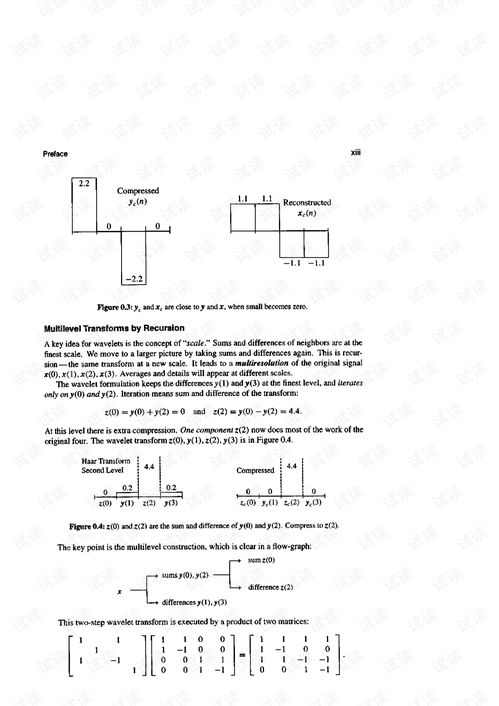Sand Filter for Above Ground Pools: A Comprehensive Guide
Are you considering purchasing a sand filter for your above ground pool? If so, you’ve come to the right place. Sand filters are a popular choice for pool owners due to their efficiency, ease of use, and cost-effectiveness. In this article, we will delve into the details of sand filters for above ground pools, covering their benefits, installation, maintenance, and more.
Understanding the Basics of Sand Filters
 Before diving into the specifics, let’s start with the basics. A sand filter is a mechanical water purification system that uses sand to remove impurities from pool water. The water enters the filter through a pump, passes through the sand bed, and then exits through a series of valves. The sand bed traps dirt, debris, and other contaminants, ensuring clean and crystal-clear water.
Before diving into the specifics, let’s start with the basics. A sand filter is a mechanical water purification system that uses sand to remove impurities from pool water. The water enters the filter through a pump, passes through the sand bed, and then exits through a series of valves. The sand bed traps dirt, debris, and other contaminants, ensuring clean and crystal-clear water.
One of the key advantages of a sand filter is its simplicity. It requires minimal maintenance and can be easily integrated into an above ground pool system. Additionally, sand filters are cost-effective, making them an attractive option for pool owners on a budget.
Benefits of Using a Sand Filter for Above Ground Pools
 Now that we understand the basics, let’s explore the benefits of using a sand filter for your above ground pool.
Now that we understand the basics, let’s explore the benefits of using a sand filter for your above ground pool.
1. Efficiency
Sand filters are highly efficient at removing impurities from pool water. The fine sand particles trap dirt, debris, and other contaminants, ensuring that your pool water remains clean and clear. This efficiency translates to a healthier and more enjoyable swimming experience for you and your family.
2. Cost-Effectiveness
Compared to other types of pool filters, sand filters are more affordable. They require minimal maintenance and have a longer lifespan, making them a cost-effective choice for pool owners. Additionally, sand filters are energy-efficient, which can help lower your utility bills.
3. Easy Installation and Maintenance
Installing a sand filter for your above ground pool is a straightforward process. Most models come with detailed instructions and can be installed by a DIY enthusiast or a professional. Maintenance is also simple, involving regular backwashing to remove trapped debris and a periodic replacement of the sand bed.
Choosing the Right Sand Filter for Your Above Ground Pool
 Selecting the right sand filter for your above ground pool is crucial to ensure optimal performance. Here are some factors to consider when making your choice:
Selecting the right sand filter for your above ground pool is crucial to ensure optimal performance. Here are some factors to consider when making your choice:
1. Pool Size
The size of your above ground pool will determine the size of the sand filter you need. A general rule of thumb is to choose a filter with a flow rate that is at least 8-10 gallons per minute (GPM) for every 1,000 gallons of pool water. For example, if you have a 10,000-gallon pool, you would need a filter with a flow rate of at least 80-100 GPM.
2. Sand Bed Size
The size of the sand bed is also an important factor. A larger sand bed provides more surface area for the water to pass through, which can improve filtration efficiency. Most sand filters come with a recommended sand bed size, which you should follow to ensure optimal performance.
3. Brand and Warranty
When choosing a sand filter, consider the brand and warranty. Opt for a reputable brand with a solid warranty to ensure that you have peace of mind and reliable performance.
Installation of a Sand Filter for Above Ground Pools
Installing a sand filter for your above ground pool is a relatively straightforward process. Here’s a step-by-step guide to help you through the installation:
1. Gather the Necessary Tools and Materials
Before starting the installation, gather the necessary tools and materials, including the sand filter, backwash hose, unions, clamps, and any other accessories provided with the filter.
2. Position the Sand Filter
Place the sand filter in a location that is easily accessible and close to the pool. Ensure that the filter is level and securely anchored.
3. Connect the Pump and Skimmer
Connect the pump and skimmer to the filter using unions and clamps. Make sure all connections are tight and secure.
4. Install the Backwash Hose
Attach the backwash hose to the filter and position it in a location where it can be easily accessed for backwashing.
5. Test the System
Once all connections are made, turn on the pump and test the system to ensure that water is flowing through the filter and back to the pool.












